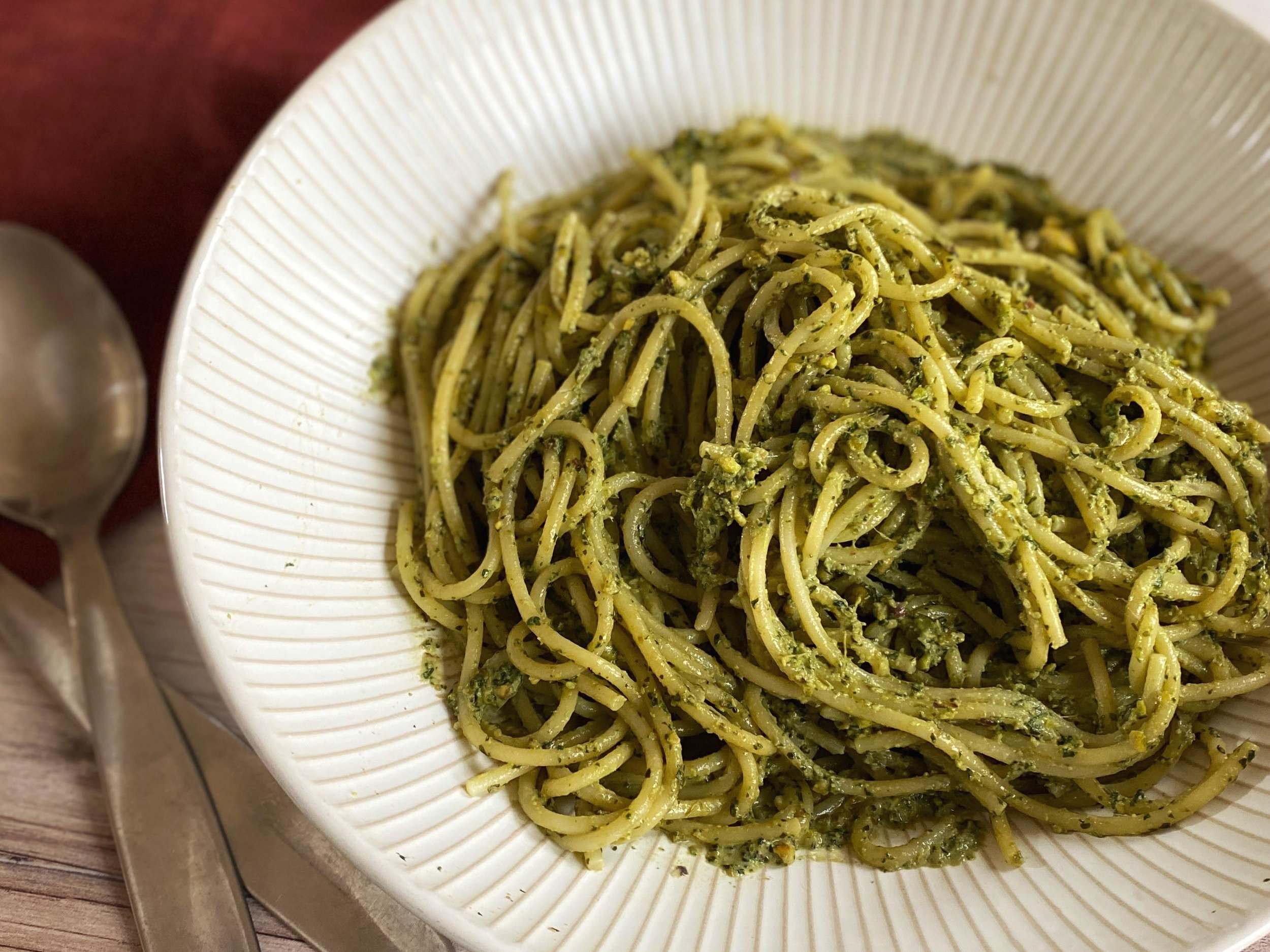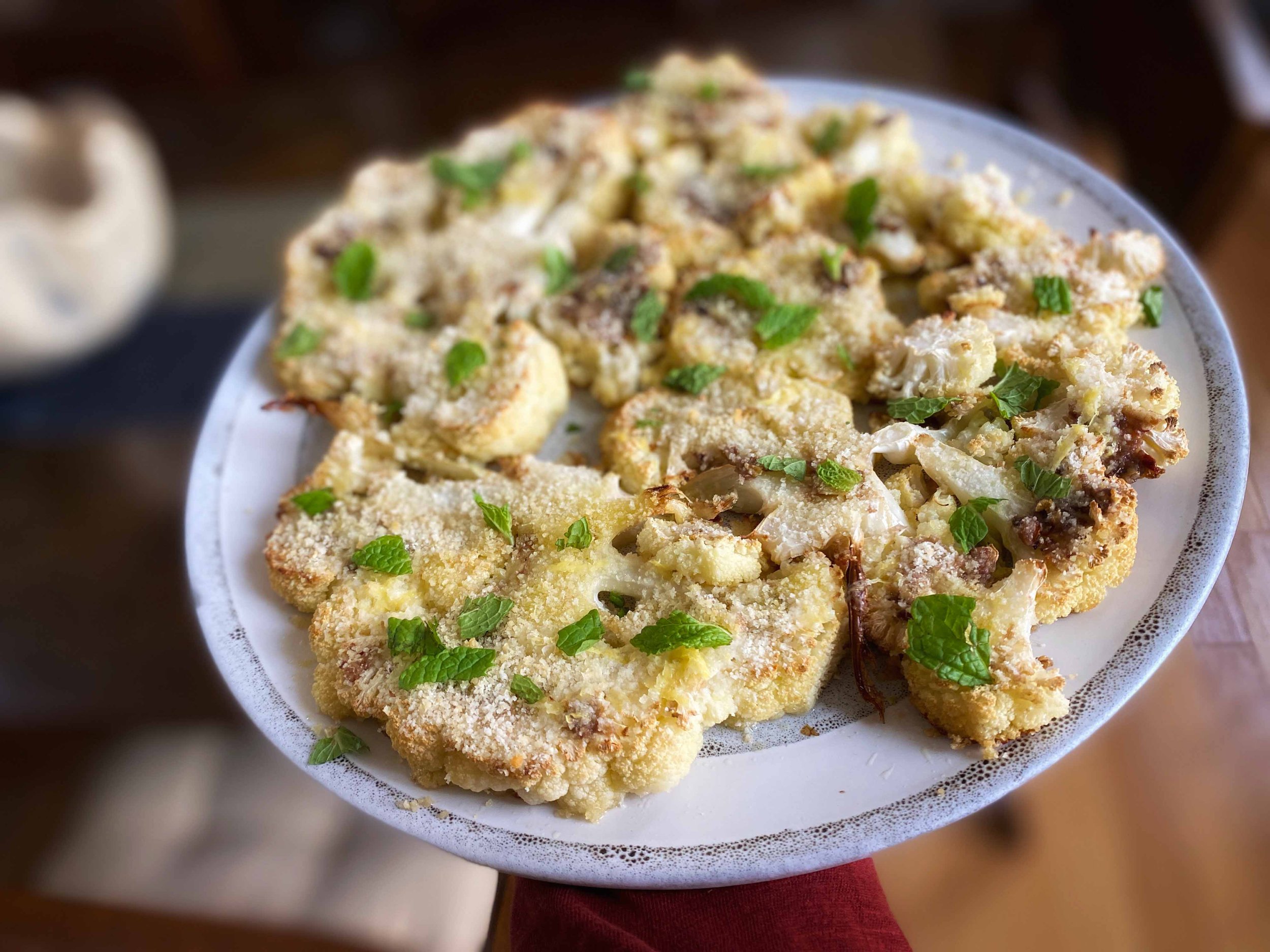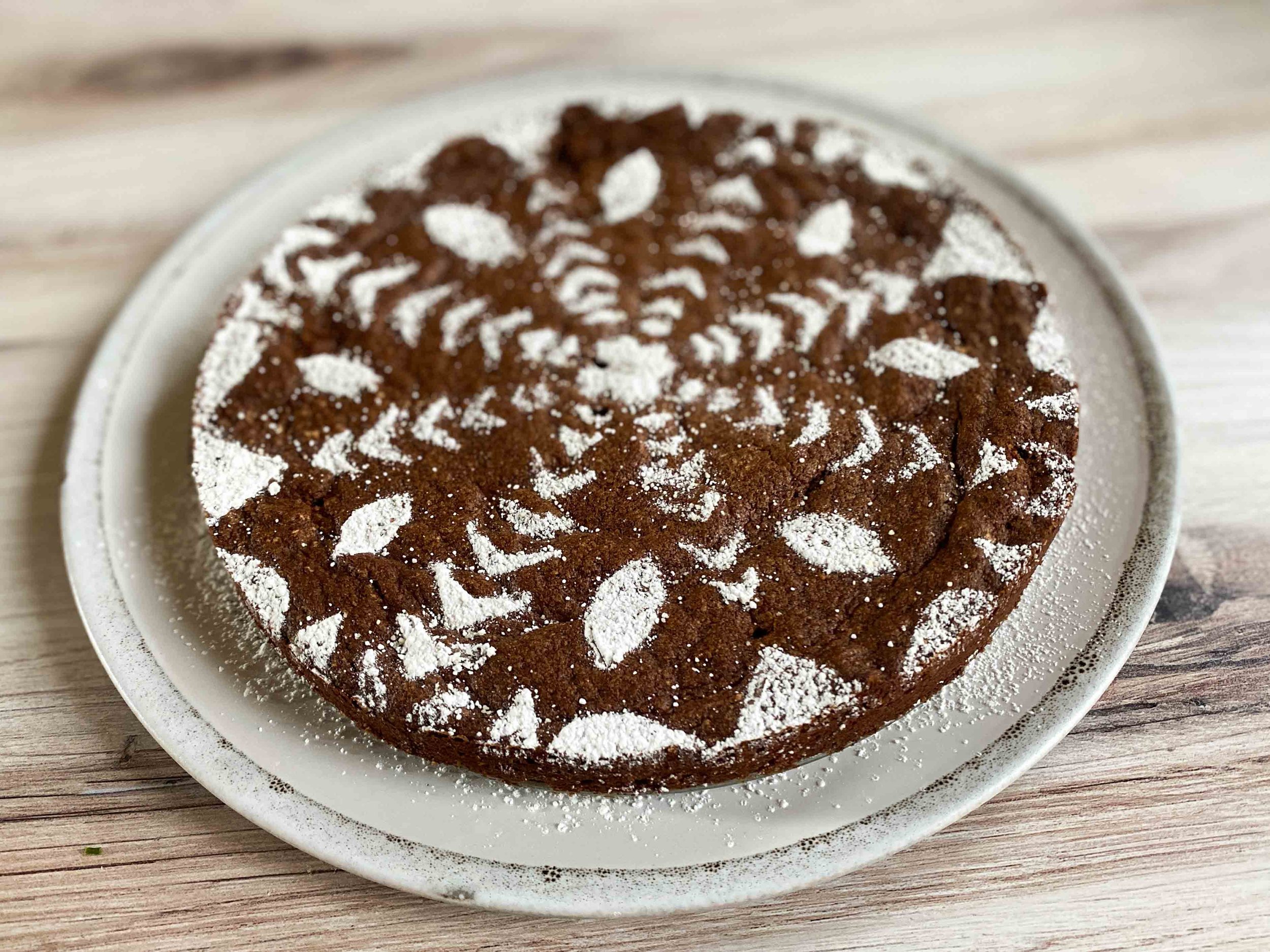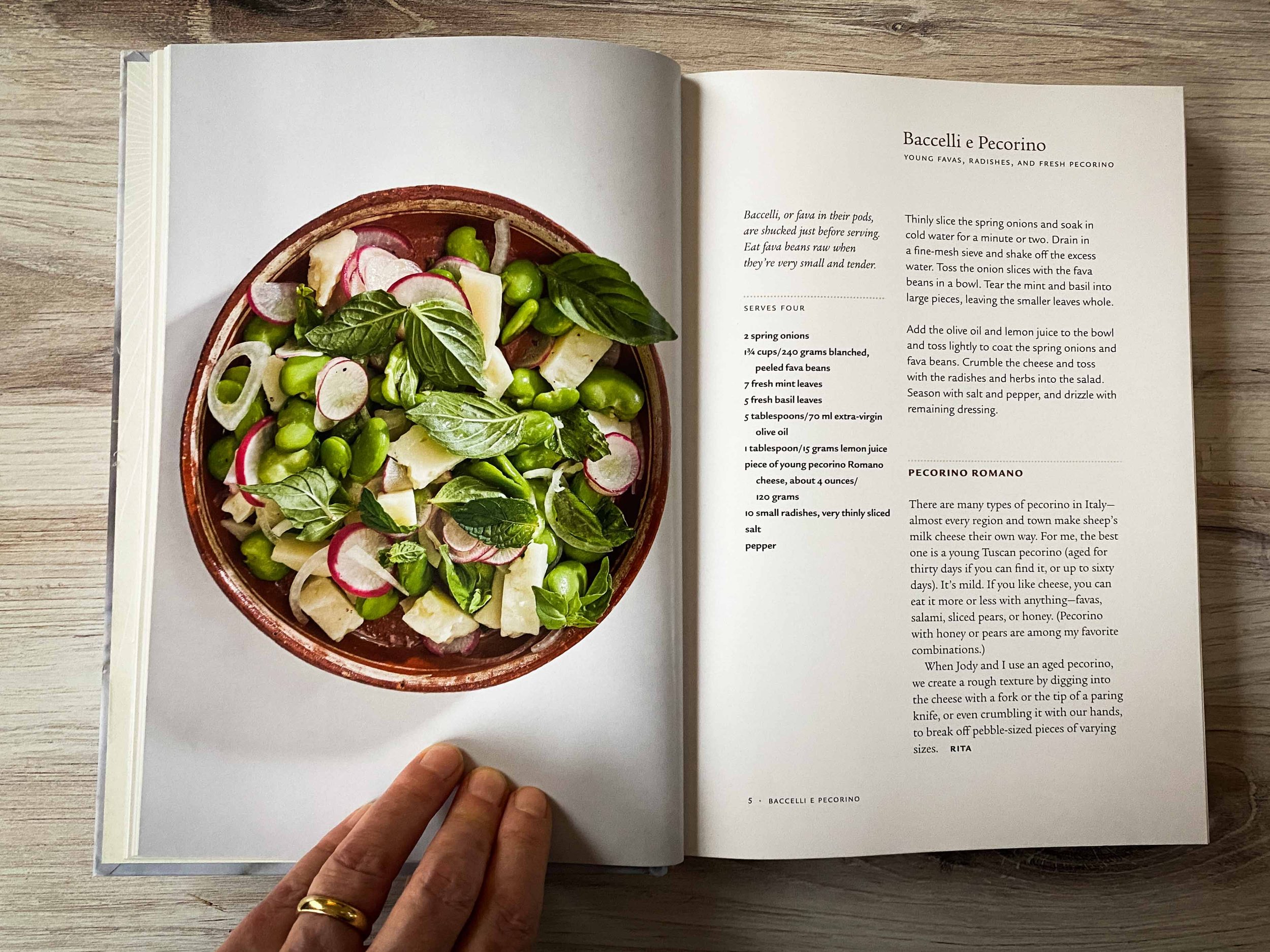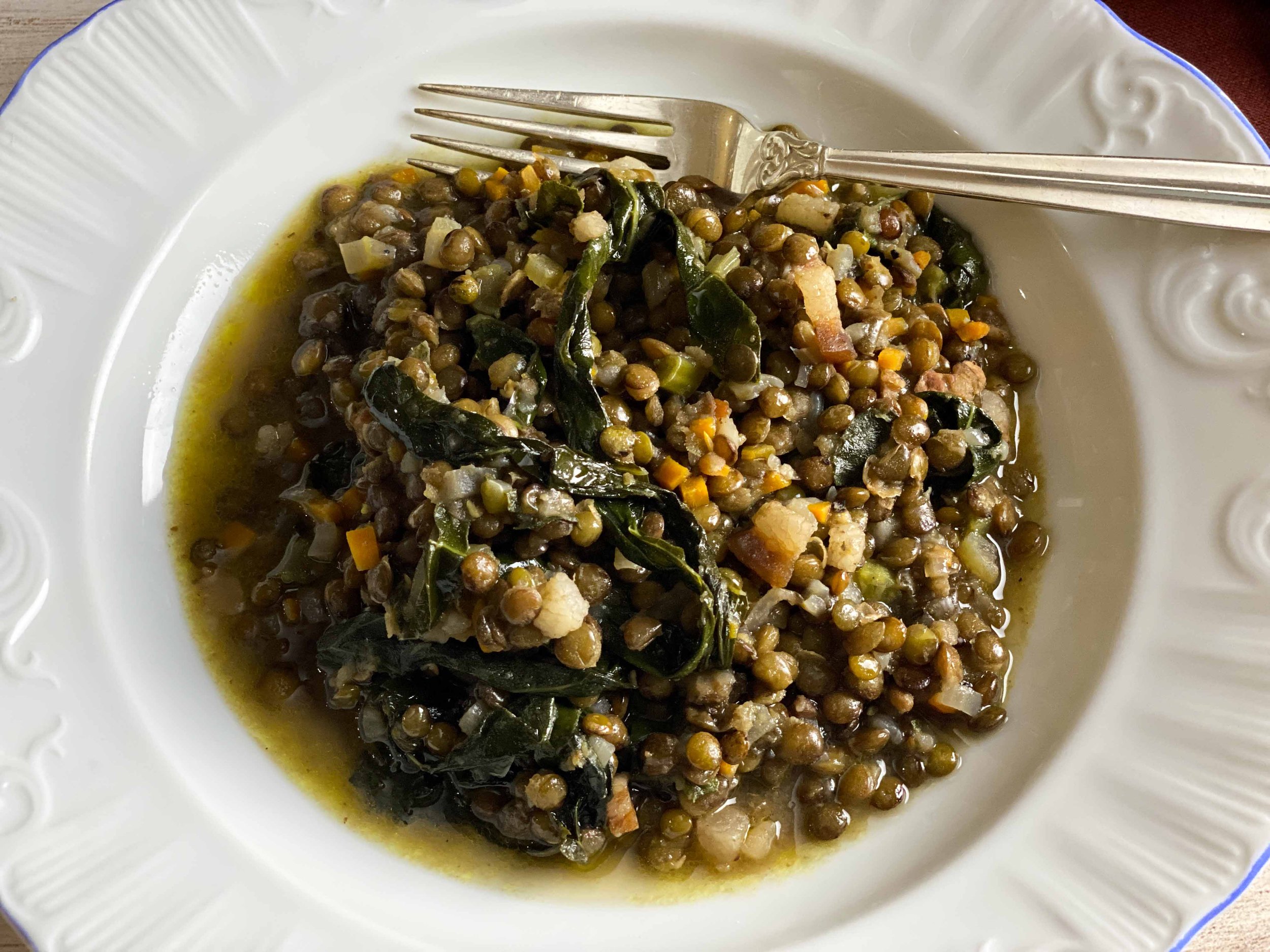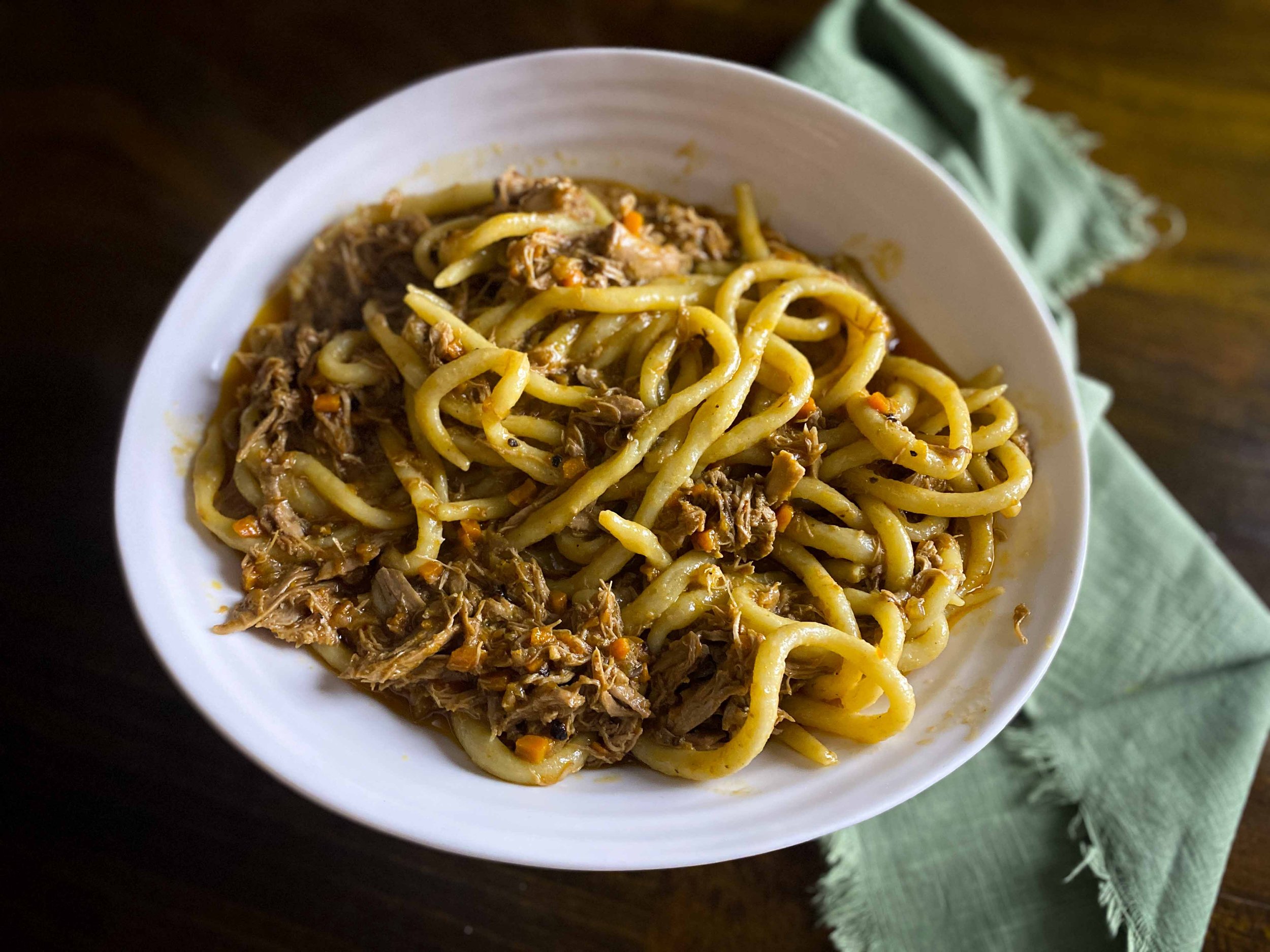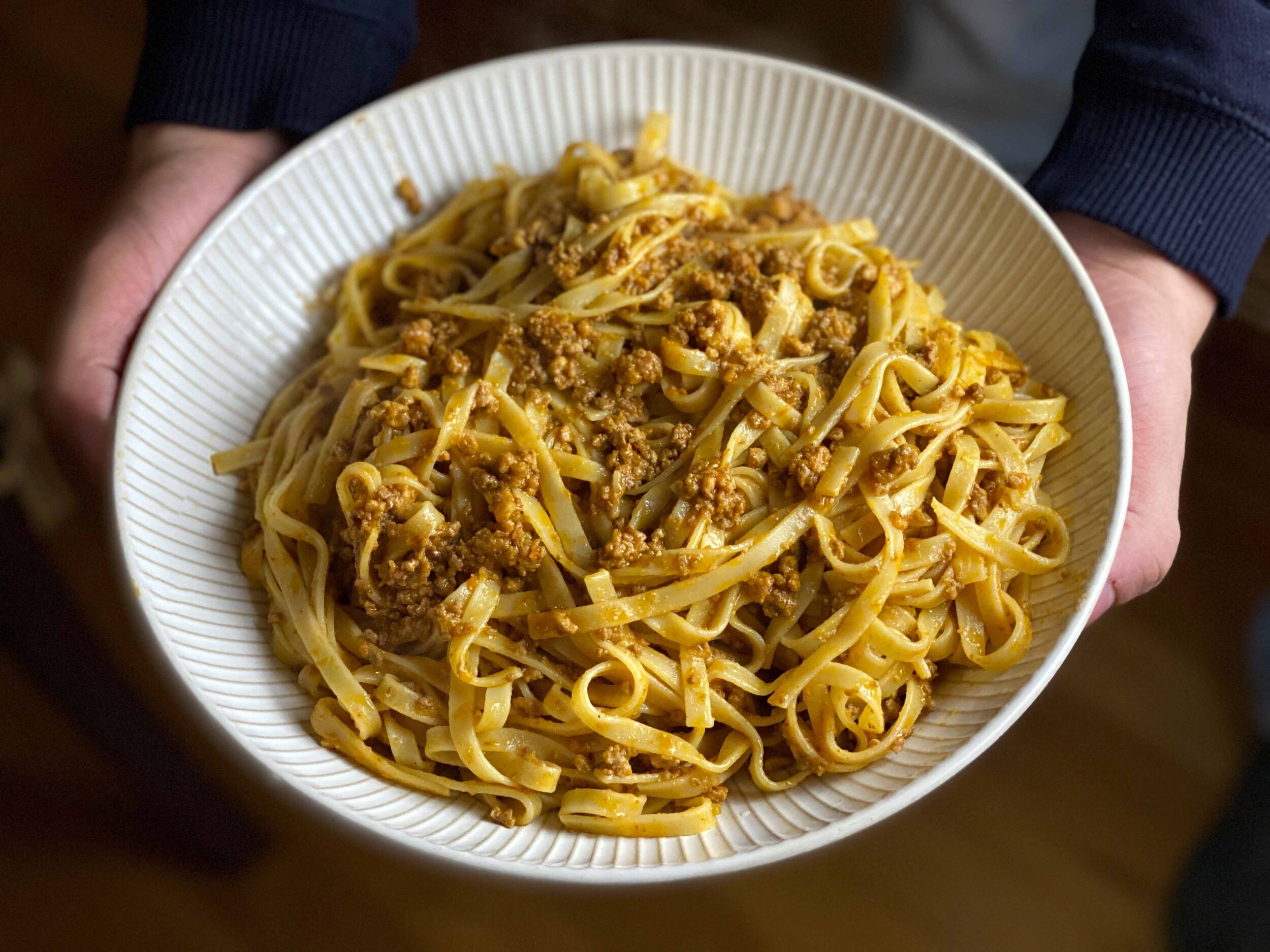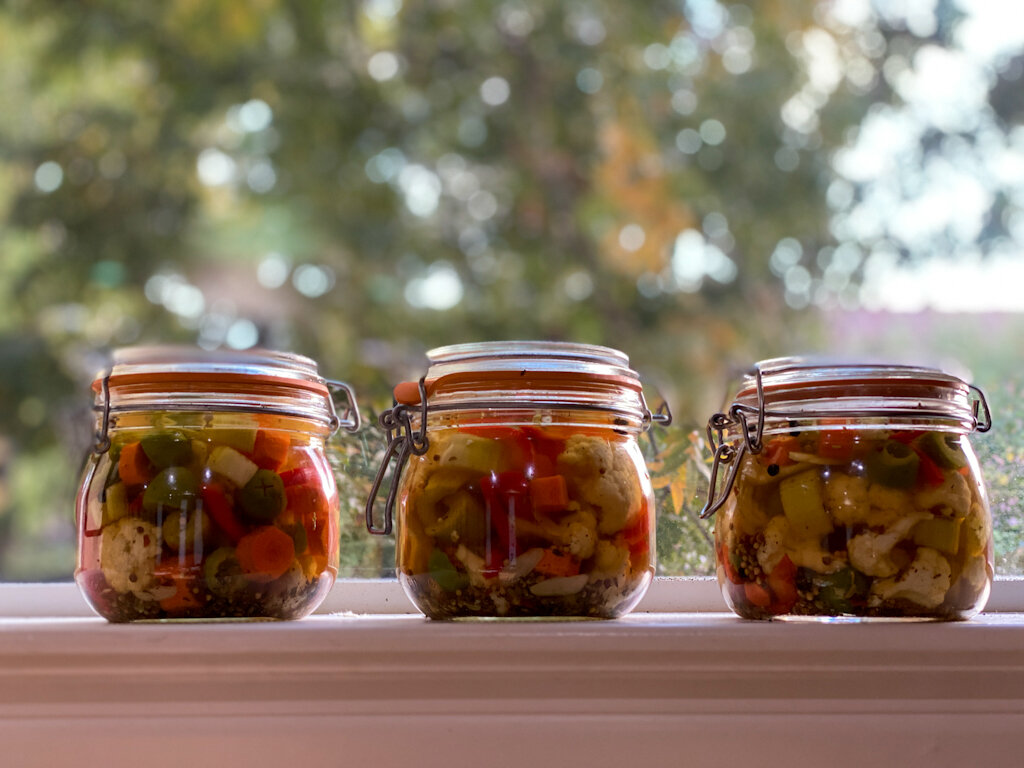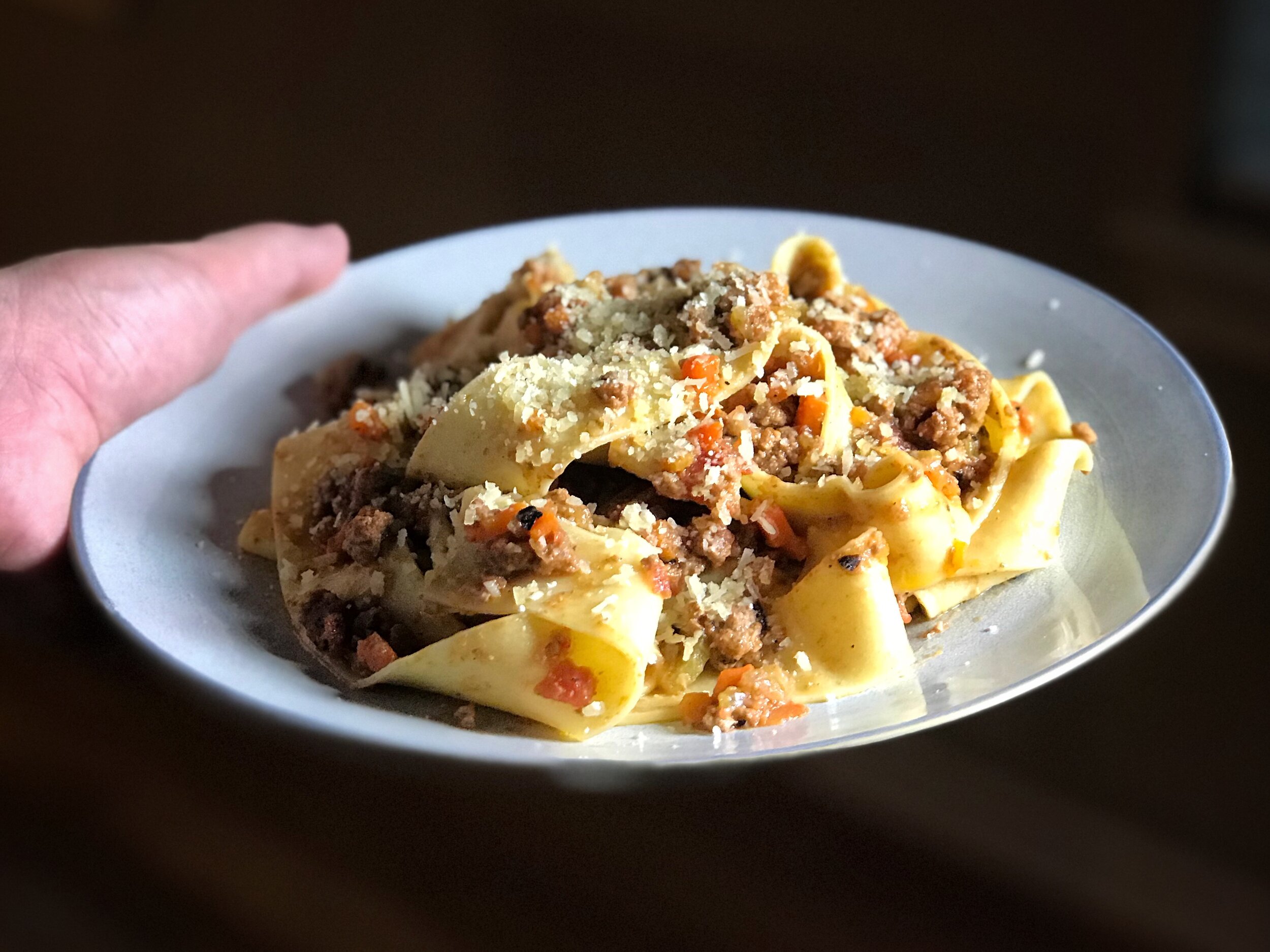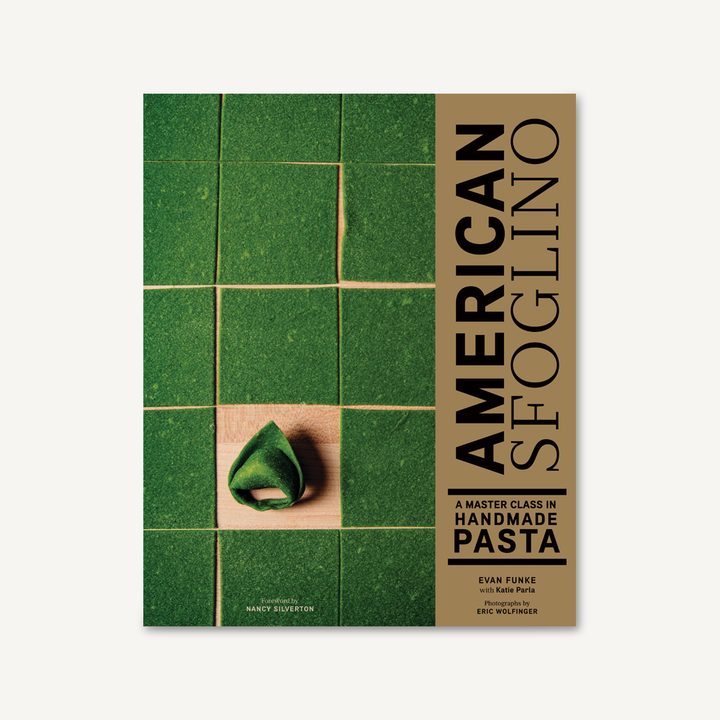“As far as I am concerned,” the Guardian quoted Valdiserra as saying, “I remember myself, my friends, my relative and families [sic], consuming spaghetti al ragù forever, so it is not only a matter of documents, but also family history.” He went on to suggest that the tagliatelle-only idea — cemented in restaurants, because fresh pasta cooks more quickly than dried — was elitist, because only wealthier people could afford freshly-made egg pasta.
Unless this was a sham — some kind of carbo-loaded fake news — our collective guilty lazy pleasure was vindicated.
I needed to know more. I consulted with my friend (and partner in The Communal Table Talks) CarloMaria Ciampoli, a serious food-loving native of Abruzzo, Italy, living in Boulder, Colorado. Carlo scoffed at the idea that Italians don’t eat ragù Bolognese on spaghetti. Outside of Bologna, he assured me, people all over Italy eat ragù Bolognese with whatever kind of pasta they like. Fresh tagliatelle made with eggs is the first choice, say for a Sunday lunch, but after that, almost anything goes.
“If you want a luxurious experience,” says Carlo, “you go buy the fresh tagliatelle that morning. But if you have ragù during the week, you use whatever dried pasta you have at home — long spaghetti or short mezze maniche, or rigatoni.”
Long spaghetti! Rigatoni! This was too good to be true! Because generally speaking, I do not have the wherewithal to make fresh pasta on top of a proper ragù Bolognese, especially on a Tuesday night. If I could run around the corner and pick up some freshly made egg pasta, as you can in Italy, I certainly would.
But to hear CarloMaria tell it — and his native Abruzzo is a dried-pasta hot spot — most Italians are just not that dogmatic. Delicious ragù is a sauce, not a religion, and the pasta police will not round you up on a Wednesday or Thursday for Bolognese infractions.
But what about in Bologna itself? Was the author Valdiserra correct in his pasta portrayal? Are the ragù lovers of Bologna less doctrinaire than they’ve been made out to be?
At my request, Carlo checked in with a friend in Bologna. The gentleman, as it turns out, vehemently disagreed with Valdiserra. In its city of origin, he said, only tagliatelle would be served with ragù. Even at home.
“Unless,” said CarloMaria’s friend, for there had to be an exception, ”the last two things in your pantry are spaghetti and ragù.”
Still. You are not Bolognese. (Unless you happen to be Bolognese.) And so, if you want to behave ragù-wise, like an Italian, you hereby have Carlo’s permission to enjoy your Bolognese with dried pasta.
Carlo does recommend using the best dried pasta you can get your hands on. He favors Cav. Giuseppe Coco, an artisanal, bronze-die-extruded pasta from, yep, Abruzzo.
You might do something like this. You might make ragù Bolognese on a Saturday afternoon and stow it in the fridge till next day, when you’ll make some magnificent hand-made tagliatelle — or you’ll pick up some maybe not-so-magnificent, but after all perfectly acceptable tagliatelle at your local Eataly, if you happen to have one in your town. Or maybe you’re lucky enough to live near an excellent Italian deli or other shop that sells really good fresh pasta, and you can get fabulous fresh tagliatelle (finer and eggier than what I found at Eataly). Reheat that ragù, stirring the fat back in (or removing some of it if you need to for health reasons), and eat it with your wonderful fresh pasta for Sunday lunch or dinner.



